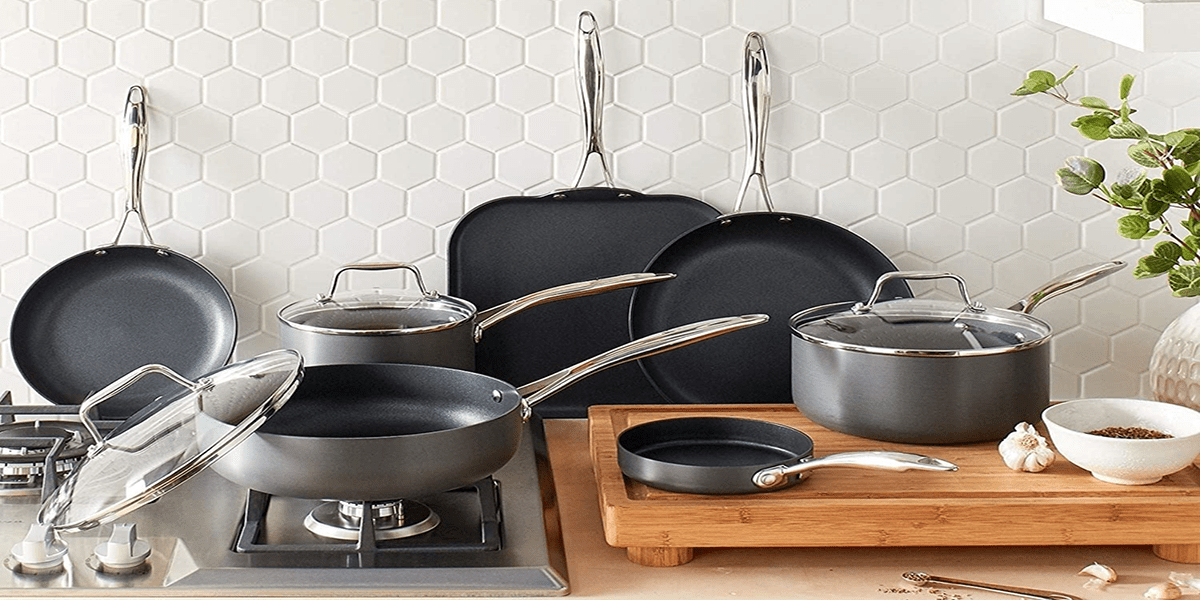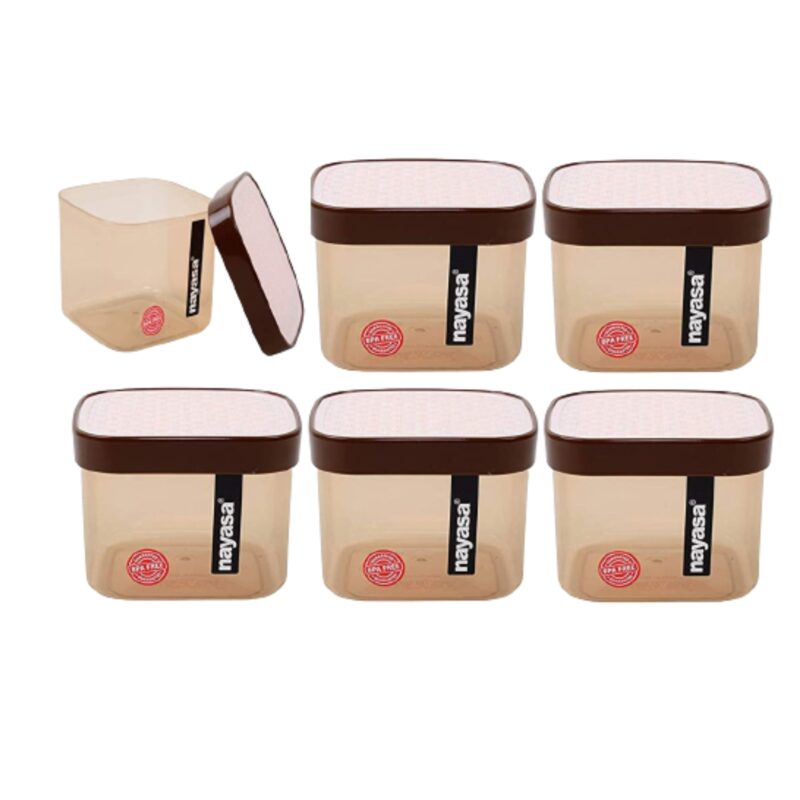Art of Hard-Anodized Cookware Care: A Guide to Long-Lasting Brilliance
Introduction: Hard-anodized cookware has risen to prominence, celebrated for its durability, even heat distribution, and non-stick properties. As a prized culinary asset, it deserves meticulous care to ensure it continues to shine in your kitchen. Let’s delve into the features that make hard-anodized cookware special and unravel the secrets to its effective care.
Understanding Hard Anodization: Hard-anodized cookware undergoes a specialized electrochemical process that transforms the surface of aluminum into a hard oxide layer. This layer not only enhances the cookware’s strength but also provides a resilient and non-reactive surface for cooking, making it a favorite among chefs and home cooks alike.
Durable and Non-Stick Excellence: One of the primary virtues of hard-anodized cookware is its remarkable durability. Resistant to scratches, corrosion, and wear, these pots and pans stand the test of time. The non-stick properties further elevate their appeal, allowing for low-fat cooking and easy food release, making them an excellent choice for health-conscious individuals.
Even Heat Distribution: Hard-anodized cookware excels in its ability to distribute heat evenly across its surface. This characteristic eliminates hot spots, providing consistent cooking results and allowing for precise temperature control. Whether you’re searing, sautéing, or simmering, hard-anodized cookware ensures a reliable and enjoyable cooking experience.
Caring for Your Hard-Anodized Cookware: Proper care is paramount to maintaining the brilliance of hard-anodized cookware. Start with gentle cleaning practices using soft sponges or cloths and mild dish soap. Avoid abrasive tools that can compromise the non-stick coating. Wooden or silicone utensils are ideal to prevent scratching, preserving the integrity of the cookware.
Moderate Heat and Seasoning: While hard-anodized cookware is known for its resilience, it’s wise to use moderate heat settings. Avoid subjecting it to extreme temperatures, as this could affect the anodized layer. Additionally, occasional seasoning with a thin layer of cooking oil can enhance the non-stick properties and maintain the cookware’s excellent performance.
Mindful Storage: Lastly, store your hard-anodized cookware with care. Stack items thoughtfully, using protective liners to prevent scratches. Avoid overcrowding in storage spaces, providing each piece with its designated area. Mindful storage practices contribute significantly to the longevity of your hard-anodized cookware.
Conclusion: Hard-anodized cookware stands as a testament to the marriage of innovation and functionality in the kitchen. By understanding its unique features and adopting careful maintenance practices, you can ensure that these culinary companions continue to enhance your cooking experiences for years to come. With the right care, hard-anodized cookware remains a shining star in the world of kitchen essentials, delivering reliable performance and culinary delight with each use.
Hard-anodized cookware is a type of kitchenware renowned for its durability, even heat distribution, and non-stick properties. It undergoes a specialized electrochemical process called anodization, wherein the surface of aluminum is transformed into a hard oxide layer. This process enhances the strength and resilience of the cookware, making it resistant to scratches, corrosion, and wear. The resulting non-reactive surface facilitates healthier cooking with easy food release. Known for its longevity and performance, hard-anodized cookware has become a popular choice for both professional chefs and home cooks.
Hard-anodized and nonstick cookware differ primarily in their construction and surface treatment. Hard-anodized cookware undergoes an electrochemical process that creates a durable, non-reactive oxide layer on aluminum, offering exceptional strength and even heat distribution. Nonstick cookware, on the other hand, features a coating, often made of PTFE or ceramic, applied to the cooking surface for easy food release. While hard-anodized cookware is inherently non-reactive and resistant to scratches, nonstick cookware relies on the coating for its non-stick properties, which may wear off over time. Both types have their merits, with hard-anodized cookware being known for durability, and nonstick cookware for its convenience in low-fat cooking and easy cleanup.
Despite its numerous advantages, hard-anodized cookware has some potential drawbacks. The hard-anodized surface is not immune to scratching, and the use of metal utensils can compromise its non-stick properties over time. Additionally, hard-anodized cookware tends to be heavier than some alternatives, which may pose a challenge for those seeking lightweight kitchenware.





 Ganesh Mop Blue Round Steel Spinner
Ganesh Mop Blue Round Steel Spinner  Nayasa Container 130ml Brown Set of 6
Nayasa Container 130ml Brown Set of 6